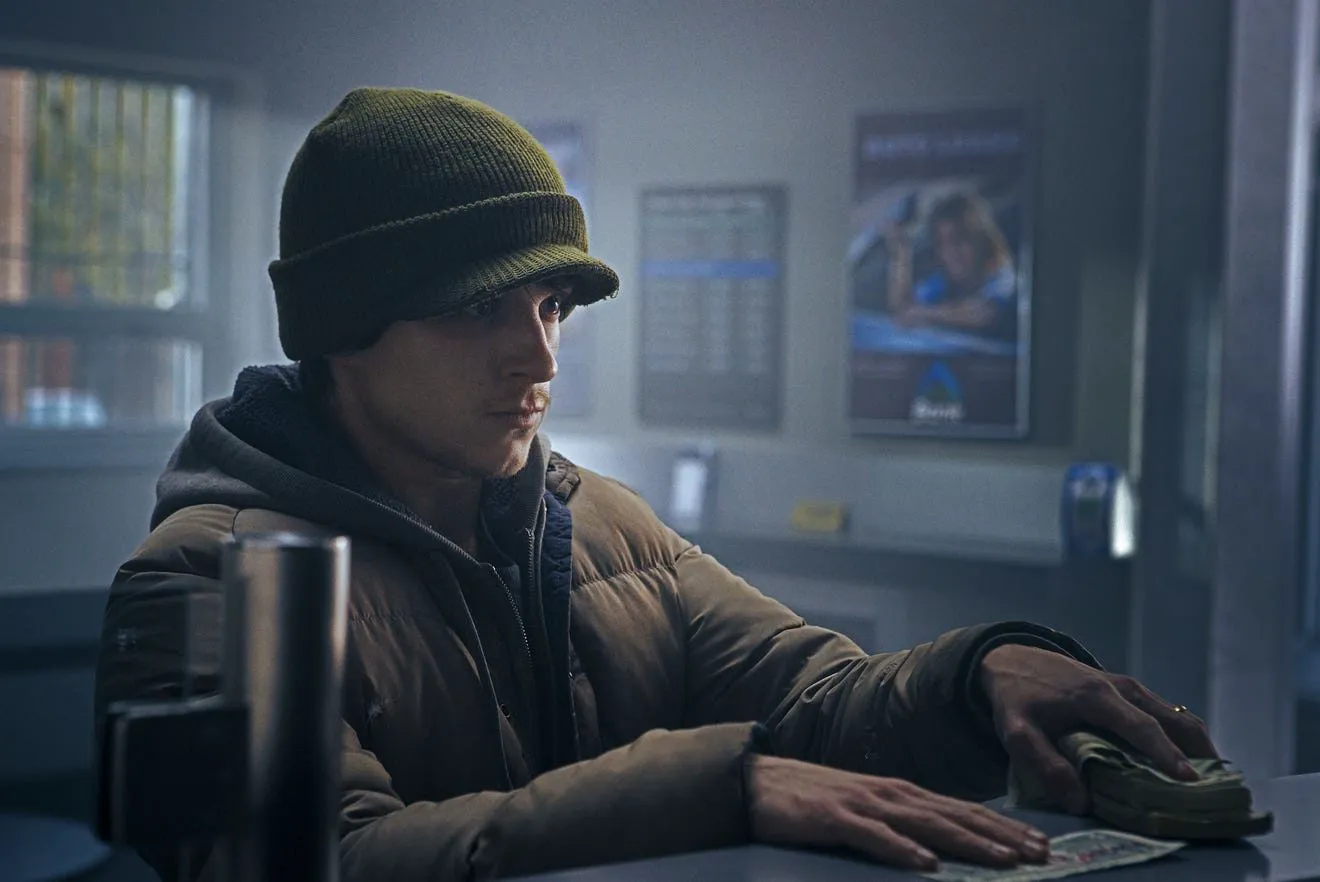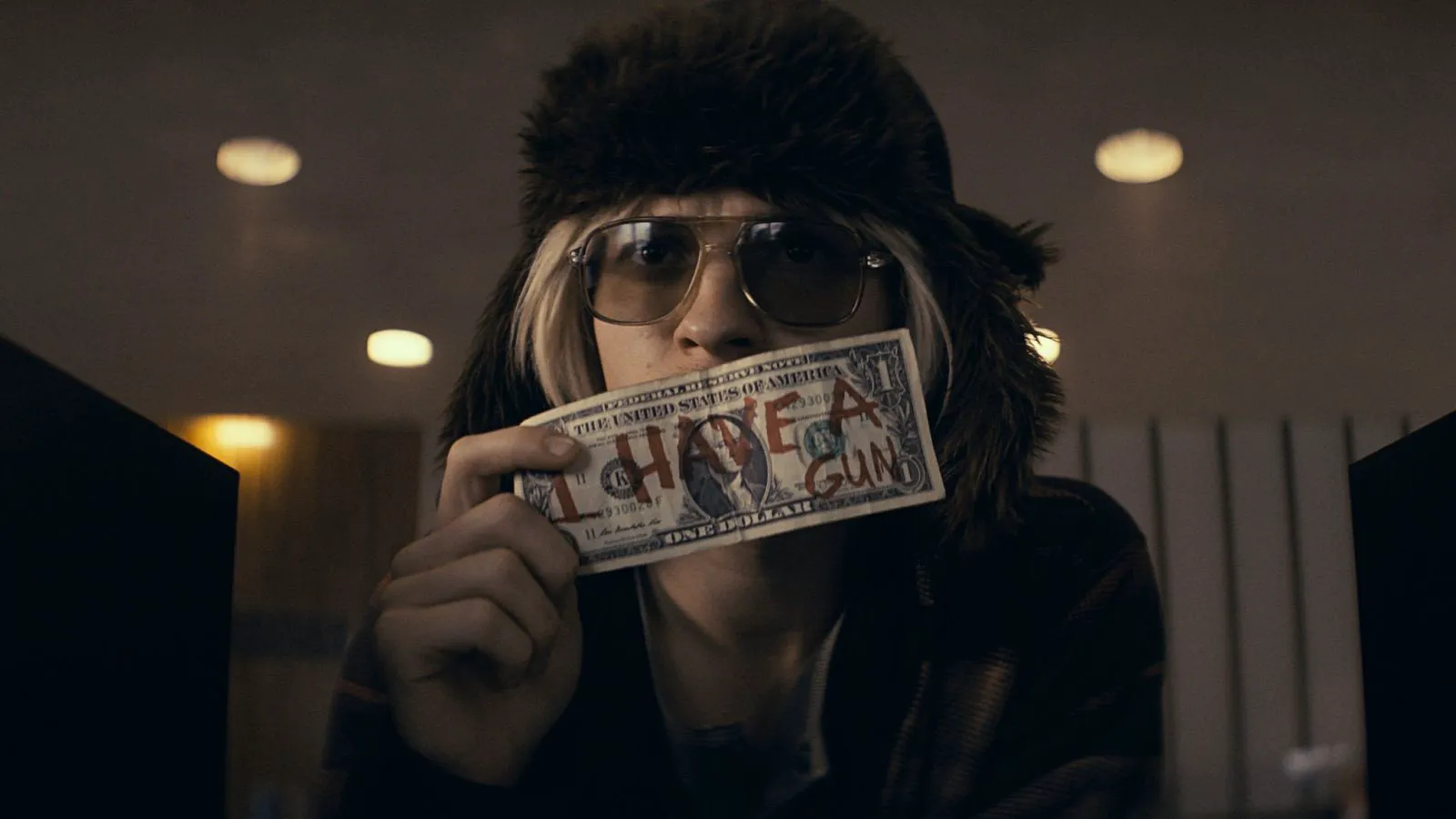From War to Addiction: A Descent into “Cherry”
When his girlfriend decides to pursue her studies in Canada, young Nico Walker (Tom Holland) impulsively enlists to fight in Iraq. Serving as an army medic, he witnesses unspeakable horrors, returning home with severe post-traumatic stress disorder (PTSD). To cope, he spirals into addiction, first with prescription pills and then heroin. Desperate to fund his habit, Nico makes the fateful decision to rob a bank.
Russo Brothers Break Free
Following the monumental success of the “Avengers” saga, the Russo brothers found themselves in a unique position. They were now the directors of the highest-grossing film in history, having dethroned James Cameron, who had reigned supreme at the box office since the late 20th century. However, their individual creative contributions were often overlooked, with many viewing them as skilled hired hands rather than distinct artistic voices. “Cherry” emerges as the Russo’s ambitious attempt to bridge the gap between their aspirations and public perception. It’s an auteur-driven project that takes the directors back to their crime-ridden roots, reminiscent of their earlier work on “Welcome to Collinwood,” their original feature film released nearly two decades prior.

An Unconventional Epic
However, the Russo’s return is marked by a grander scale. While “Collinwood” was a modest and straightforward film (much like their debut, “Pieces,” which remained largely unseen outside the Slamdance Film Festival), “Cherry” is an expansive cinematic novel. In an apparent effort to shed the label of studio craftsmen, the Russo’s seem to have deliberately crafted a film that defies conventional studio expectations, one that might send any producer scrambling to calculate potential losses. “Cherry” not only clocks in at nearly three hours but also disregards traditional three-act structure. Instead, it adopts a chapter-based format reminiscent of a novel, with the narrative shifting wildly between timelines and genres: from a high school romance to a gritty war drama, then to a bleak tragedy of drug addiction, and finally, a thriller about desperate bank robbers.
Exploring Generational Trauma
“Cherry” clearly aims to be a monumental, generation-defining film, tackling the wide range of issues facing today’s thirty-something Americans (the author of the original autobiographical novel, Nico Walker, is 35). The film can be easily categorized by its themes: the directors themselves describe it as a film about the opioid epidemic, but it also explores the futility of war, toxic masculinity, PTSD, and much more. “Cherry” is sprawling and remarkably ambitious, and while it’s hard not to admire the Russo’s for their boldness, it must be acknowledged that they don’t fully master the scope. The novelistic structure feels forced, and the desire to create a “magnum opus” comes across as somewhat insincere, a childish act of rebellion: “Let’s do it differently, not the way it’s usually done, not the way you’re used to seeing our films.”

Tom Holland as Cherry in a scene from “Cherry”
Visual Experimentation
This rebellious spirit extends to the film’s visual language, though here it’s more of a positive. Freed from the constraints of a large cinematic universe – where films undergo extensive “pre-vis” a year before shooting, essentially creating them on a computer and leaving directors with minimal creative freedom – the Russo’s pack their film with every visual trick they can think of. Polyscreens appear without any apparent reason, the brothers play with colors and chiaroscuro, and populate the frames with quirky little details, like the names of the banks the protagonist robs (Shitty Bank and the like). It’s not necessarily essential, but it looks intriguing, as if the Russo’s are compensating for all the creative freedom that was suppressed by studio executives for years, turning “Cherry” into a playground for artistic experimentation.
Style Over Substance?
However, this experimental approach hinders the film’s ability to be perceived as a story in its own right, disrupting the narrative and prompting questions like “Why did the Russo’s shoot it this way?” and “What was the point?” The multifaceted content crumbles under the weight of the form, and the generational film transforms into a monument to the directorial skill of specific auteurs. The most unfortunate aspect is Tom Holland’s performance – thanks to the expansive plot, he essentially plays several very different roles, and he plays them all exceptionally well. But what’s the point if the directors are more concerned with stylish transitions and flashy title cards than with his character?